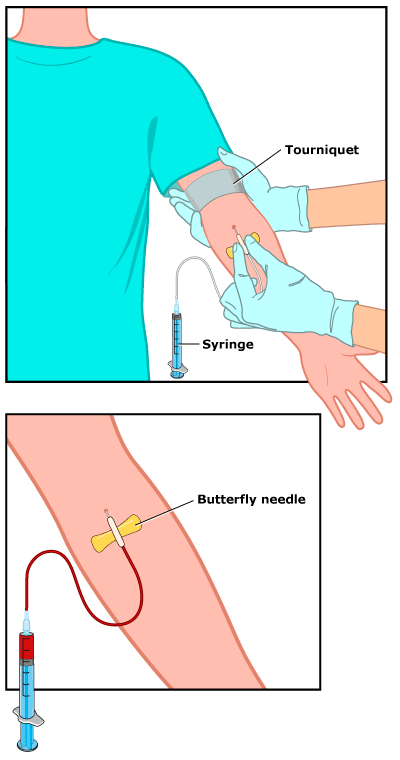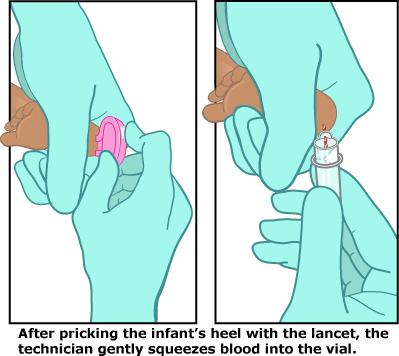Blood Test: Alanine Aminotransferase (ALT, or SGPT)
Article Translations: (Spanish)
What Is a Blood Test?
A blood test is when a sample of blood is taken from the body to be tested in a lab. Doctors order blood tests to check things such as the levels of glucose, hemoglobin, or white blood cells. This can help them detect problems like a disease or medical condition. Sometimes, blood tests can help them see how well an organ (such as the liver or kidneys) is working.
What Is an ALT Test?
An ALT test measures the level of alanine aminotransferase, also called ALT or SGPT. ALT is one of the enzymes that help the liver convert food into energy. High levels of these enzymes can be a sign that the liver is injured or irritated, and the enzymes are leaking out of the liver cells.
Why Are ALT Tests Done?
An ALT test may be done if a child has signs of a possible problem with the liver, such as jaundice (yellowish skin or eyes), dark urine, nausea, vomiting, or belly pain. It also might be done if a child is on medicine that makes high liver enzyme levels more likely.
How Should We Prepare for an ALT Test?
Your child may be asked to stop eating and drinking for 8 to 12 hours before the ALT test. Tell your doctor about any medicines your child takes because some drugs might affect the test results.
Wearing a T-shirt or short-sleeved shirt for the test can make things easier for your child, and you also can bring along a toy or book as a distraction.
How Is an ALT Test Done?
Most blood tests take a small amount of blood from a vein. To do that, a health professional will:
- clean the skin
- put an elastic band (tourniquet) above the area to get the veins to swell with blood
- insert a needle into a vein (usually in the arm inside of the elbow or on the back of the hand)
- pull the blood sample into a vial or syringe
- take off the elastic band and remove the needle from the vein
In babies, blood draws are sometimes done as a "heel stick collection." After cleaning the area, the health professional will prick your baby's heel with a tiny needle (or lancet) to collect a small sample of blood.
Collecting a sample of blood is only temporarily uncomfortable and can feel like a quick pinprick.


Can I Stay With My Child During an ALT Test?
Parents usually can stay with their child during a blood test. Encourage your child to relax and stay still because tensing muscles can make it harder to draw blood. Your child might want to look away when the needle is inserted and the blood is collected. Help your child to relax by taking slow deep breaths or singing a favorite song.
How Long Does an ALT Test Take?
Most blood tests take just a few minutes. Occasionally, it can be hard to find a vein, so the health professional may need to try more than once.
What Happens After an ALT Test?
The health professional will remove the elastic band and the needle and cover the area with cotton or a bandage to stop the bleeding. Afterward, there may be some mild bruising, which should go away in a few days.
When Are ALT Test Results Ready?
Blood samples are processed by a machine, and it may take a few hours to a day for the results to be available. If the test results show signs of a problem, the doctor might order other tests to figure out what the problem is and how to treat it.
Are There Any Risks From ALT Tests?
An ALT test is a safe procedure with minimal risks. Some kids might feel faint or lightheaded from the test. A few kids and teens have a strong fear of needles. If your child is anxious, talk with the doctor before the test about ways to make the procedure easier.
A small bruise or mild soreness around the blood test site is common and can last for a few days. Get medical care for your child if the discomfort gets worse or lasts longer.
If you have questions about the ALT test, speak with your doctor or the health professional doing the blood draw.
Note: All information is for educational purposes only. For specific medical advice, diagnoses, and treatment, consult your doctor.
© 1995-2024 KidsHealth ® All rights reserved. Images provided by iStock, Getty Images, Corbis, Veer, Science Photo Library, Science Source Images, Shutterstock, and Clipart.com

